SHARE THIS ARTICLE

Restylane
Beyond Skin Deep: Exploring the Science of Restylane Dermal Fillers
Mar 28, 2024
Did you know that chronic exposure of the human skin to UV light causes premature or photoaging? Over time, the effects of photoaging become visible and cause wrinkles and a loss of skin structure and elasticity. A recent study published in Experimental Dermatology offered promising news: dermal fillers can reverse some of the changes associated with photoaging.
Restylane is one of the leading brands in the dermal filler market, offering a solution to address these concerns. Its unique hyaluronic acid (HA) formula seamlessly integrates with the skin, offering a natural look while restoring youthful volume. Many experts prefer Restylane because it supports aesthetic enhancement and promotes healthy skin.
This article dives into the science behind Restylane and how it goes beyond surface-level treatment to combat skin aging.
Key Takeaways
- Restylane dermal fillers are composed of hyaluronic acid, a natural substance in the body that helps maintain skin hydration and volume.
- The crosslinking technology used in Restylane products enhances their longevity and stability within the skin.
- Different formulations of Restylane fillers address specific cosmetic concerns such as wrinkles, fine lines, volume loss, and lip augmentation.
- Scientific evidence supports the safety and efficacy of Restylane dermal fillers, with clinical studies validating their use in aesthetic medicine.
- Restylane fillers are versatile and can address various cosmetic concerns, from subtle facial rejuvenation to more dramatic volumizing effects.
Understanding Restylane Dermal Fillers
Restylane dermal fillers are popular cosmetic treatments that address wrinkles and enhance facial features through subdermal injections. Understanding their composition, mechanism of action, and technology can help patients and practitioners make informed decisions about using them.
Composition of Restylane Fillers
Restylane fillers harness the power of hyaluronic acid (HA) gel technology, a see-through hyaluronic acid. This main ingredient helps keep skin plump and hydrated. The mix also includes tiny gel particles of hyaluronic acid that work together to create the filler’s effects.
HA is a sugar molecule naturally found in the skin. It plays a crucial role in keeping skin hydrated and plump. However, its production declines with age, contributing to wrinkles and volume loss. Restylane fillers replenish this lost HA, restoring a youthful appearance.
These fillers are not permanent solutions but can give long-lasting results in areas like under the eyes or adding volume back to faces.
Mechanism of Action
Dermal fillers like Restylane work by filling in spaces under the skin. They add volume where it’s lost because of aging or other reasons. This process helps smooth out wrinkles and gives the skin a fuller, more youthful look.
As HA’s clear gel formulation enters beneath the skin’s surface, it acts as a scaffold, attracting and binding water molecules. The increased hydration plumps up the skin, smoothing out wrinkles and folds.
Some individuals may wonder, “Does Restylane build collagen?” According to recent studies, some Restylane fillers may stimulate collagen production, another essential building block for youthful skin.
This effect contributes to the filler’s duration, making it an attractive choice for individuals who want lasting enhancements. So, while Restylane provides immediate improvement, it also works behind the scenes to improve your skin’s health in the long run.
Crosslinking Technology
Restylane’s manufacturer, Galderma, uses a crosslinking technology known as NASHA™ (Non-Animal Stabilized Hyaluronic Acid) to create innovative fillers. This technology stabilizes the HA with crosslinking agents like BDDE, forming a three-dimensional network that mimics the body’s natural HA but is more resistant to degradation.
This cross-linking process ensures that Restylane fillers maintain their effects for an extended period, typically around six months or longer, with follow-up treatments. Different crosslinking methods are used to tune how Restylane works for various needs.
Some types of Restylane fillers address softer areas, like under the eyes, while others are firmer for places that need more support, like cheeks. This variety lets doctors choose the filler for each person’s unique concerns, leading to more tailored and pleasing results.
Formulations and Clinical Applications
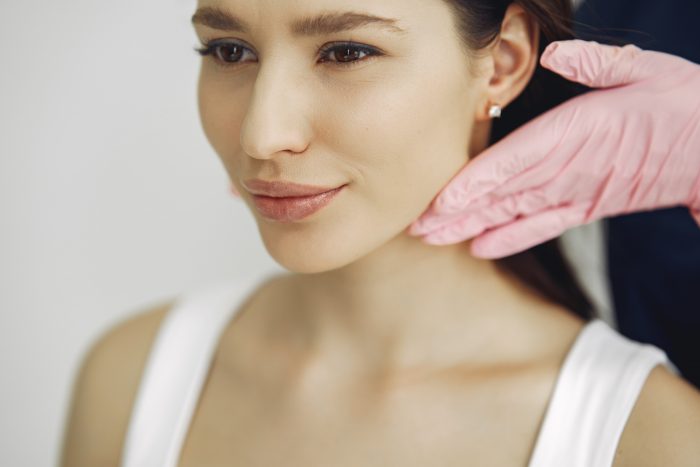
Restylane offers comprehensive hyaluronic acid (HA) fillers to target specific cosmetic concerns. Here’s a closer look at some of the most popular formulations and their clinical applications:
Different Formulations of Restylane Fillers
- Restylane-L: This basic formula is versatile for treating moderate to severe facial wrinkles and folds, such as nasolabial folds, and enhancing lip fullness. It has lidocaine, which makes the injection less painful.
- Restylane Lyft: This formula is thicker and suitable for deeper injections. It’s ideal for correcting age-related midface contour deficiencies and augmenting the cheeks, providing a lifted appearance.
- Restylane Silk: This filler is the first FDA-approved product specifically designed for lip augmentation and smoothing wrinkles around the mouth, offering precise and subtle enhancements.
- Restylane Refyne: This formulation features XpresHAn Technology™, allowing flexibility and movement. It’s perfect for treating mild to moderate lines and folds while maintaining natural facial expressions.
- Restylane Defyne: Similar to Refyne, it also utilizes XpresHAn Technology™ and is formulated to fill deeper lines and folds, providing support and structure with the ability to adapt to facial movements.
- Restylane Kysse: This treatment delivers a soft, natural feel after lip augmentation using the same technology as Refyne and Defyne. This filler enhances lip color, texture, and shape for a more kissable look.
- Restylane Contour: This filler is the latest addition to Restylane’s collection. Specialists use it for cheek augmentation and correction of midface contour deficiencies. It integrates smoothly with the existing HA in the skin, offering natural-looking results.
Specific Cosmetic Concerns Addressed by Each Formulation
- Fine Lines and Wrinkles: Some Restylane products focus on smoothing fine lines around the eyes, mouth, and forehead by filling in the gaps under the skin.
- Volume Loss in Cheeks: Restylane fillers add volume to cheeks that might look sunken, helping to create a more youthful appearance.
- Lip Enhancement: For those wanting fuller lips, there’s a Restylane formulation designed just for this purpose. It makes lips plumper and more defined.
- Under Eye Shadows: Specific Restylane products work well for dark circles under the eyes by adding volume beneath the skin’s surface, making you look rested.
- Facial Contours: Some people use Restylane to sharpen their jawline or other facial features, giving them a more defined look.
- Hand Rejuvenation: Restylane can also address signs of aging in hands by restoring lost volume and reducing the visibility of veins and tendons.
Safety and Efficacy of Restylane Dermal Fillers
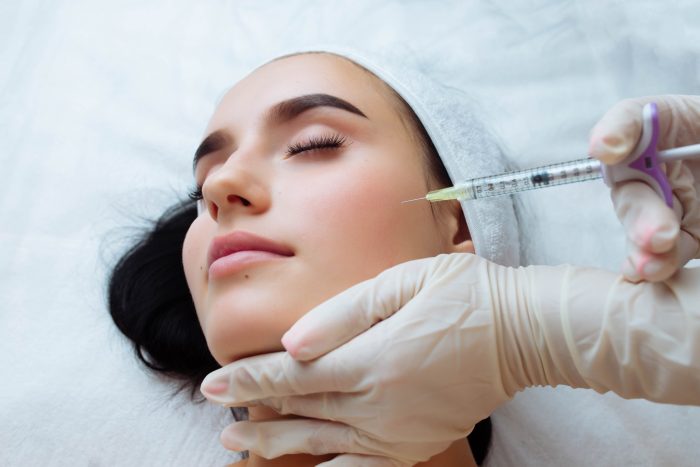
Restylane dermal fillers are backed by scientific evidence demonstrating their safety and efficacy. The U.S. Food and Drug Administration’s approval of Restylane products is based on extensive clinical data and trials. For instance, Restylane Kysse, designed for lip augmentation, has been rigorously tested and approved based on its safety profile and effectiveness.
Clinical Studies and Research Findings
Clinical studies have consistently shown positive outcomes with Restylane fillers. A randomized study compared Restylane Lyft to a new monophasic hyaluronic acid filler. The results revealed no significant difference in pain and a high level of tolerability.
Another study confirmed the noninferiority of Restylane Lyft compared to Restylane in treating nasolabial folds, with both treatments showing similar safety profiles.
Common Side Effects and Risks
As with any medical procedure, Restylane injections carry some potential side effects. These are usually mild, temporary, and resolve within a few days. Here’s a list of common side effects:
- Swelling
- Redness
- Pain
- Bruising
- Itching
- Headaches
In rare instances, more severe side effects can occur. Patients must be aware of these potential risks and discuss them thoroughly with their doctor before undergoing treatment. These rare risks include:
- Infection
- Allergic reactions
- Granulomas
Patients must follow pre- and post-treatment instructions to minimize the risks associated with Restylane fillers. To reduce the risk of bruising and bleeding, they may avoid blood-thinning medications like aspirin and ibuprofen before the procedure.
Healthcare professionals must also be knowledgeable about proper injection techniques to avoid complications and reduce discomfort during the treatment.
Versatility of Restylane Fillers
Restylane fillers are renowned for their versatility in addressing various cosmetic concerns. They effectively smooth fine lines and wrinkles, particularly in nasolabial folds and marionette lines. Restylane is also a popular choice for lip augmentation, providing natural-looking fullness and definition.
Restylane can add volume to the cheeks for cheek enhancement, restoring youthful contours and improving facial symmetry. Additionally, it is used for tear trough rejuvenation, helping to diminish dark circles and hollows under the eyes, creating a more refreshed appearance.
Before-and-After Photos and Patient Testimonials
Before-and-after photos of Restylane treatments showcase the transformative results achieved by patients. These visual representations highlight the effectiveness of Restylane fillers in rejuvenating the skin and restoring a youthful appearance. Below are photos of actual patients who are satisfied with the results of their Restylane treatment.
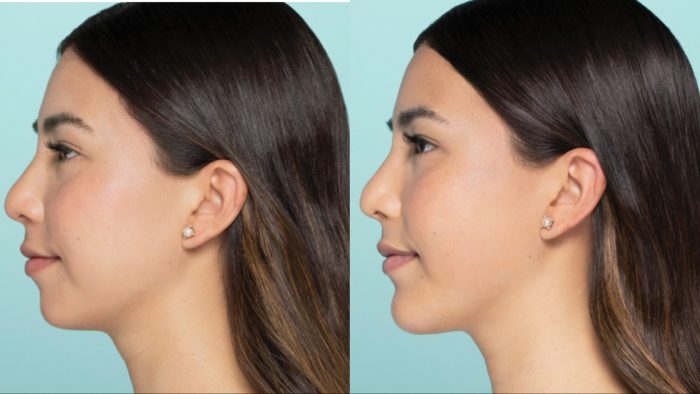
Image Courtesy of Restylane
The female patient in the photo above received 3 mL of Restylane Defyne for chin augmentation. Before the procedure, the patient had a weak chin that made her appearance look imbalanced. But just one week after the treatment, her chin and jawline now have more definition, improving her facial harmony and overall appearance.
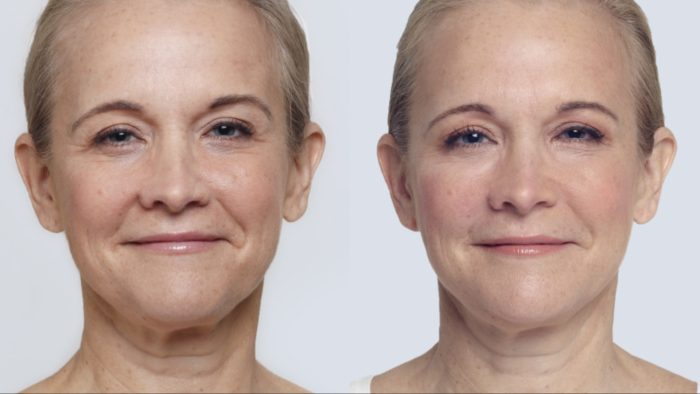
Image Courtesy of Restylane
This next patient received 1 mL of Restylane Lyft for each cheek, giving it a better and enhanced shape. Previously, the female patient had sagging skin that made her cheeks look unhealthy and dull. But thanks to Restylane Lyft’s transformative powers, she now had a smoother and more balanced appearance.
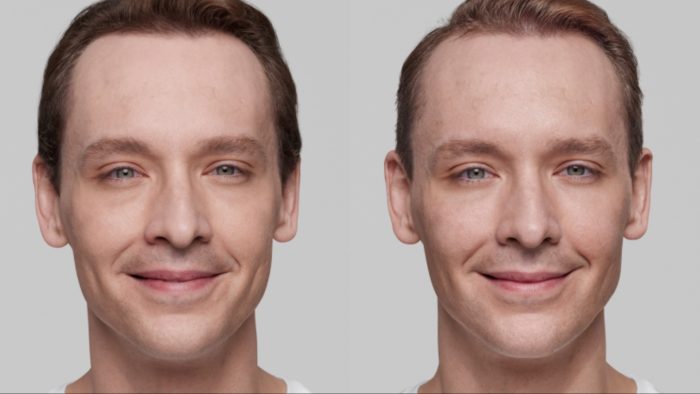
Image Courtesy of Restylane
In the case of this male patient, he received Restylane fillers to address the hollows under his eyes, contour the midface, and lift the cheeks. His provider administered 1 mL of Restylane Eyelight for the under eye area to brighten this part. To contour and lift his appearance, the patient received 1 mL of Restylane Contour and 2 mL of Restylane Lyft in the cheeks.
Conclusion
Understanding Restylane dermal fillers empowers patients to participate actively in their cosmetic journey. With knowledge about the science behind Restylane, patients can discuss options like under-eye rejuvenation or facial contouring with their doctor.
This open dialogue fosters informed decision-making, ensuring patients understand the potential benefits and risks. Ultimately, this collaborative approach leads to a more satisfying cosmetic experience.
FAQs
1. What is Restylane?
Restylane is a brand of hyaluronic acid-based dermal fillers that smooth wrinkles and plump facial features like cheeks and lips.
2. Does Restylane help with collagen in the skin?
Restylane injections can stimulate the skin to produce collagen, a protein that keeps it firm and supple. This effect contributes to the filler’s ability to improve skin texture and firmness.
3. Can I use Restylane under my eyes?
Experts can administer Restylane under the eyes to restore volume and reduce the appearance of hollows and bags, mainly caused by age-related volume loss.
4. Is Restylane permanent?
Restylane is not permanent; it is a temporary filler with effects typically lasting between 6 and 18 months.
References
Wang F, Thy T, Smith NR, et al. Implications for cumulative and prolonged clinical improvement induced by crosslinked hyaluronic acid: An in vivo biochemical/microscopic study in humans. Experimental Dermatology. 2024;33(1). doi:10.1111/exd.14998
Chung C, Lee JH. A Single-Center, Randomized, Double-Blind clinical trial to compare the efficacy and safety of a new monophasic hyaluronic acid filler and biphasic filler in correcting nasolabial fold. Aesthetic Plastic Surgery. 2021;45(6):2902-2908. doi:10.1007/s00266-021-02252-0
Liu D, Sun J, Wu S. A multi‐center comparative efficacy and safety study of two different hyaluronic acid fillers for treatment of nasolabial folds in a Chinese population. Journal of Cosmetic Dermatology. 2019;18(3):755-761. doi:10.1111/jocd.12916

